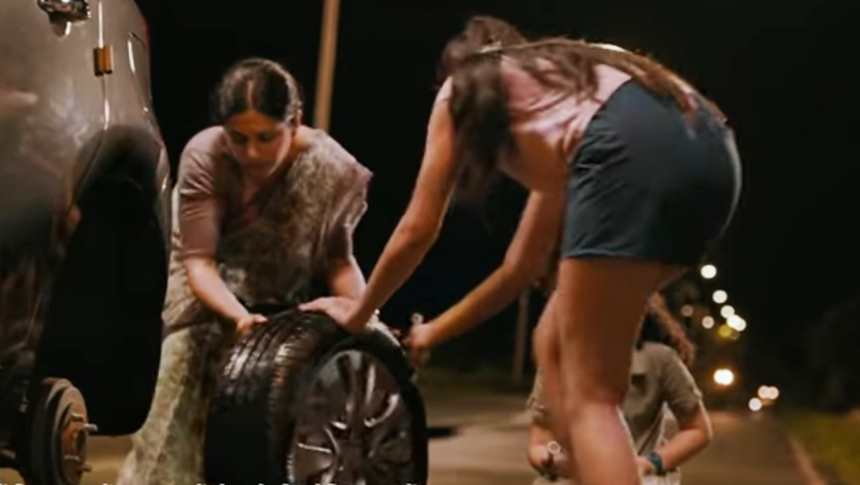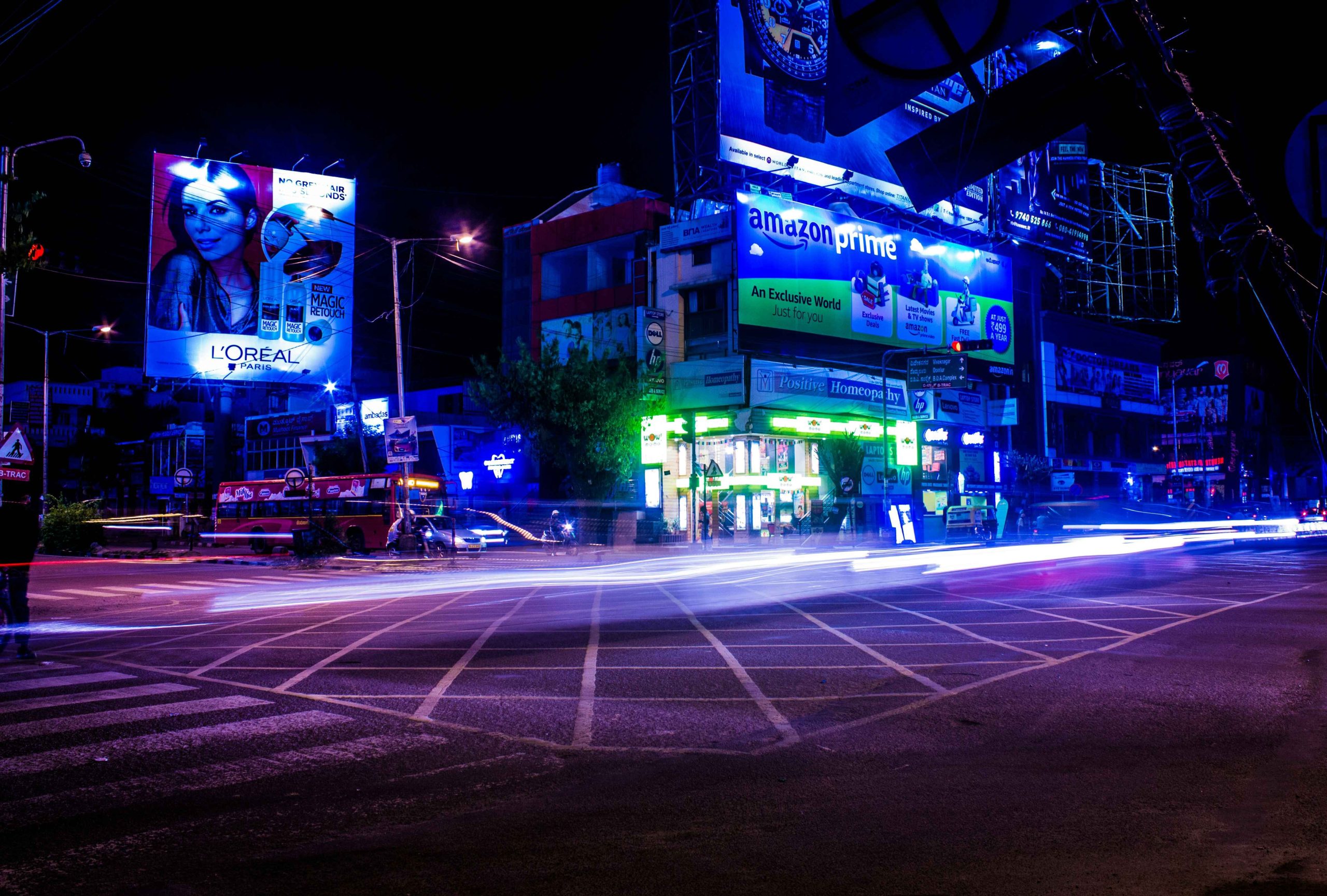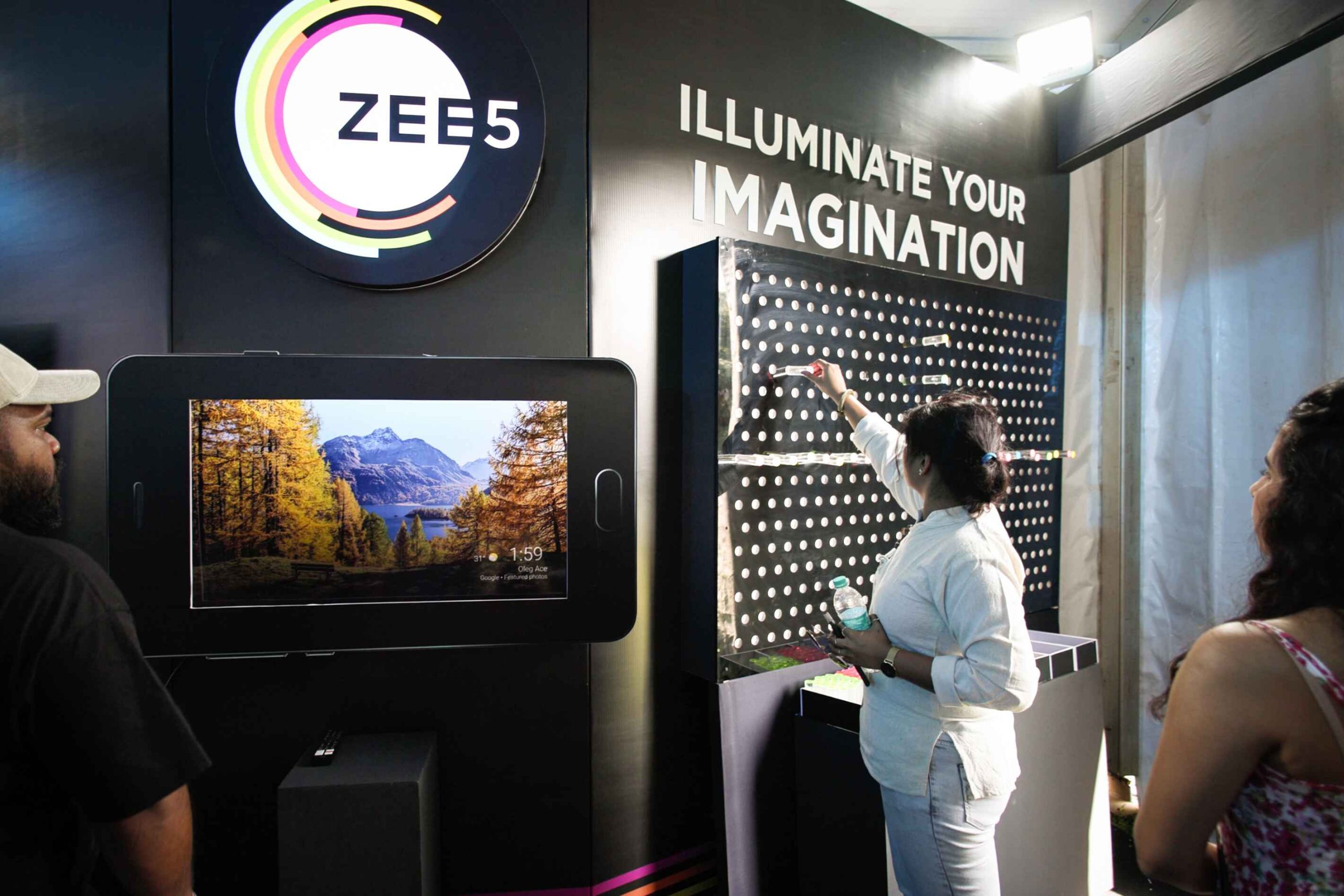So the new, improved Horlicks communication hits a TV screen and a social media site near you.
For those who haven’t seen the commercial, here it is:
And as I watch the commercial repeatedly, as I am wont to do with any commercial that catches my attention, I ask Horlicks: “Tum kab itne bade ho gaye, Horlicks?”
For a category that’s as old as the hills and in a category that is the epitome of hyper-competition – and multinational hyper-competition at that – it’s difficult to find a thought that hasn’t been thought before and expression that is contemporary.
That’s what makes me see the TVC multiple times.
Horlicks claims, as do many of the players in the category, that they help children ‘grow’ – mentally and physically. Physical growth is normally portrayed using height as a yardstick and mental growth in the ability to excel at school. We’ve seen all brands use a combination of the two, squeezed into 30, 45 and 60 seconds.
There’s also the pressure of being politically correct in the recent past, showing both young boys and girls as protagonists.
Horlicks’ new TVC does away with all that.
The acid test. The first time you watch the commercial, you don’t have a clue what category is being advertised – till you see the pack shot.
The commercial is about ‘growth’. Not physical growth or mental growth, but ‘growth’ of the protagonist. The physical growth is implicit in the girl’s ability to remove the spare tyre from the boot, get the nuts off the wheel, jack up the car, change the tyre and tighten the nuts once again.
There’s no mention of the physical effort and no trophy that is presented on a podium – but the physical ability is implicit. Similarly, there’s no quiz contest won or no exam that she tops, but the mental ability is implicit in the fact that she knew how to change the tyre based on her observation of her father doing so.
So the messaging of ‘growth’ is wonderfully implicit rather than literal. The commercial ends with the mother wondering, with obvious pride, how she missed the ‘growth’.

And this is not all that makes the commercial wonderful. The stakeholders (Hindustan Unilever and FCB India) have withstood the temptation of the consumption shot and of making the mother spout some well-crafted words on the efficacy of Horlicks.
The lack of the consumption shot and the resistance to go literal are both signs of a recognition of the tiredness of consumers to be ‘sold’ to – and these are welcome changes.
But the most subtle change is in the choice of the protagonists. The mother driving the car – and bothered but not in a panic when she discovers the punctured tyre. The daughter, cool as a cucumber and supremely confident that she could do what, for generations, we would have called the work of a man.
And it forces me to ask, “Horlicks, tum kab itne bade ho gaye?”



